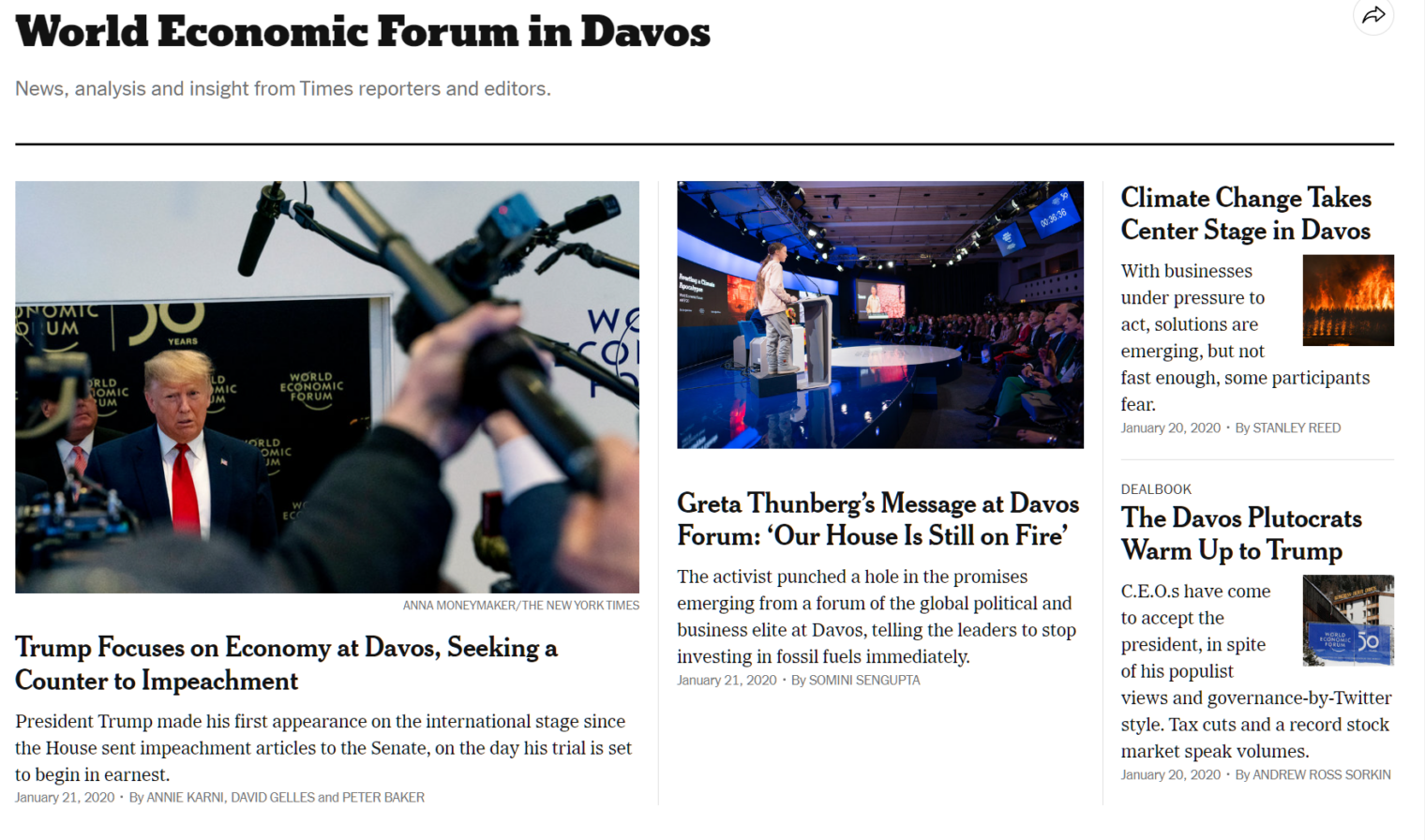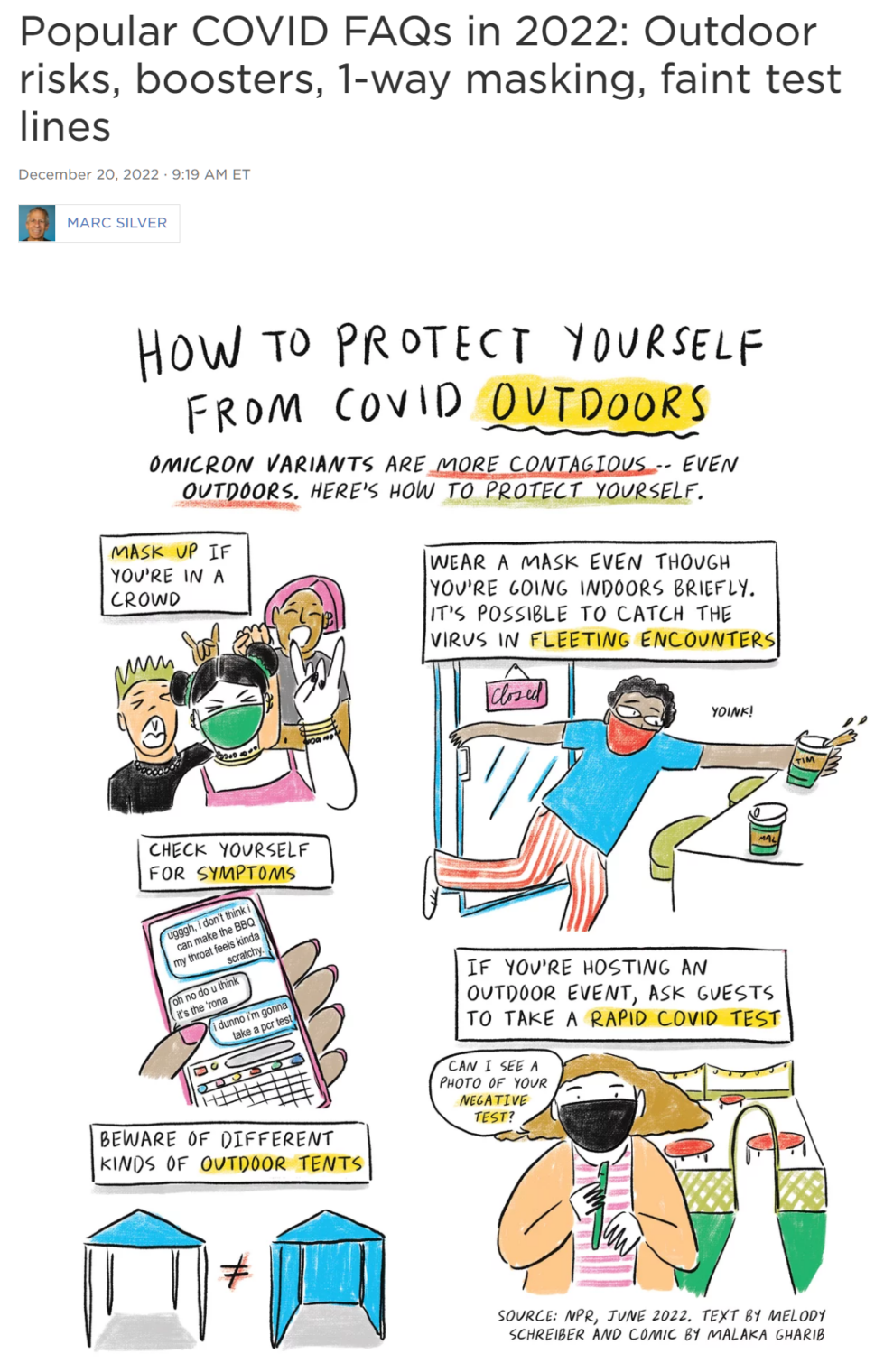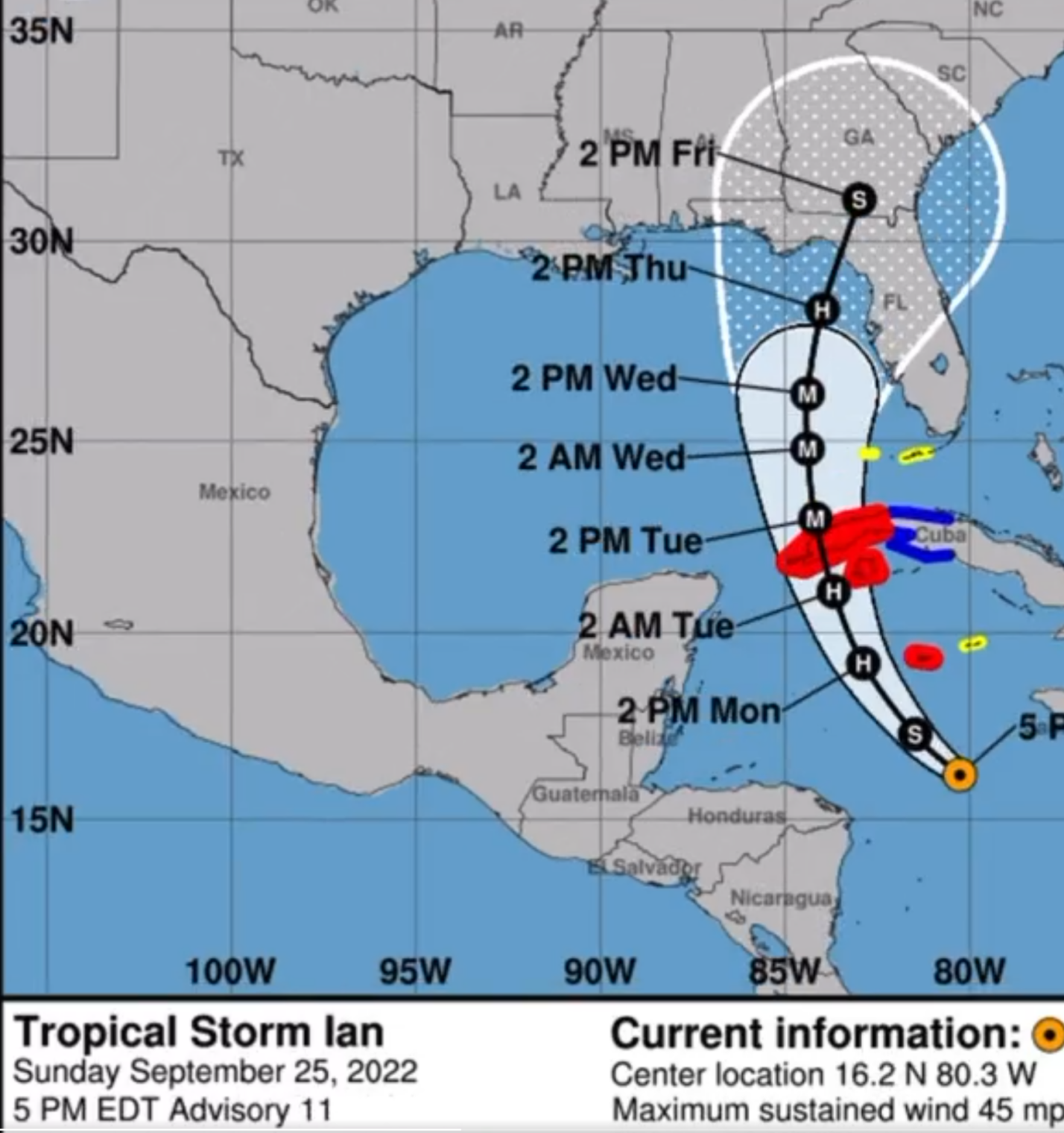Judaism and modern gender science
“Ancient Judaism Recognized a Range of Genders. It’s Time We Did, Too.” (New York Times, March 18, 2023):
I’m transgender and nonbinary, and as a rabbi I’ve offered bereavement spiritual care for the past 17 years.
There are four genders beyond male or female that appear in ancient Jewish holy texts hundreds of times.
We were always hiding in plain sight, but recently the research of Jewish studies scholars like Max Strassfeld has demonstrated how nonbinary gender is central to understanding Jewish law and literature as a whole.
I have never forgotten this insight [that Judaism is the same as Rainbow Flagism]. Trans people, and especially trans young people, make human uniqueness more visible for everyone. … Trans liberation is a gift to everyone, because it expands the categories for what it means to be human.
The growing wave of anti-trans bills in the United States represents not just a trans crisis, but a humanitarian crisis. History has shown countless times that when a government limits one group’s legal rights, it will eventually do the same to other groups.
I might be accused of having a “trans agenda.” I do. And it’s the same as my religious and my human agenda. I want trans kids, and all young people, to survive.
Because the Science is Settled and no reasonable person could disagree with the above interpretation of Jewish texts, the New York Times has disabled comments on this scholarly work. What would an unreasonable Jew say if he/she/ze/they were allowed to comment? I submitted the NYT article to a friend who has read the Talmud a few times. His response is below (not in quote style for clarity).
Sex-change operations involving the surgical removal of sexual organs are clearly forbidden on the basis of the explicit biblical prohibition, “And that which is mauled or crushed or torn or cut you shall not offer unto the Lord; nor should you do this in your land” (Lev. 22:24). Sterilization of women is also prohibited, as recorded in Even ha-Ezer 5:11.
Rabbi Meir Amsel (Ha-Ma’or, Kislev-Tevet 5733) notes that yet another prohibition is also applicable to sex-change procedures, a consideration which may extend as well to hormone treatment for purposes of sex-change. The commandment “A woman shall not wear that which pertains to a man, nor shall a man put on a woman’s garment” (Deut. 22:5) is not limited to the wearing of apparel associated with the opposite sex but encompasses any action uniquely identified with the opposite sex, proscribing, for example, shaving of armpits or dyeing of hair by a male. A procedure designed to transform sexual characteristics violates the very essence of this prohibition.
For Besamim Rosh sexual identity, insofar as marriage is concerned, depends entirely upon the presence of genital organs. No mention is made of the presence or absence of secondary sexual characteristics and indeed it is not difficult to understand why they are deemed irrelevant. Hence, despite the comments of Rabbi Amsel, who asserts that secondary sexual characteristics play a role in sexual identification, there is no evidence that the transformation of secondary sexual characteristics affects sexual status in any way.
There is at least one early source which apparently declares that a male cannot acquire the status of a woman by means of surgery. Rabbi Abraham Hirsch (No’am 5733) cites the comments of Rabbenu Chananel, quoted by Ibn Ezra in his commentary on Leviticus 18:22. Rabbenu Chananel declares that intercourse between a normal male and a male in whom an artificial vagina has been fashioned by means of surgery constitutes sodomy. This would appear to be the case, according to Rabbenu Chananel, even if the male genitalia were removed.
[I find the last paragraph stunning. Wikipedia says that Chananel lived 1000 years ago. How did he anticipate that one day American surgeons would be banking $100,000+ per teenager for creating artificial body parts?]
Full post, including comments












